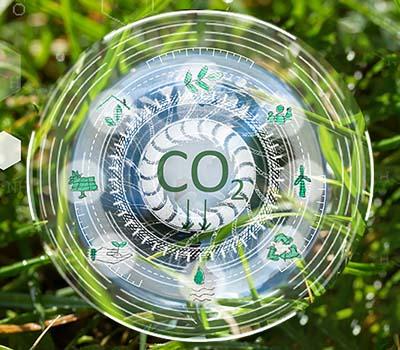The Paris Climate Agreement of 2015 was a major landmark in the fight against climate change. 195 countries had signed the agreement and had pledged to limit the rise in global temperatures by a realistic 1.5C. All countries, developed and developing, unanimously agreed to cut emissions and achieve net-zero emissions by 2050. Among the signatories, India pledged to use at least 40% of renewable energy sources for its power generation and reduce its emissions by around 34% compared to 2005 levels (Goswami, 2021).
What is the current status of net-zero targets globally?
According to the recently published report from the World Economic Forum, while no country has managed to achieve their net-zero emissions target yet, most of the E.U. countries and Canada have passed laws to achieve net-zero emissions. Countries like the U.S.A, Australia, and China which contribute about 50% to the global nominal GDP and 44% of the global energy supply have integrated net-zero targets into their policy documents. Meanwhile, countries such as India, Brazil, and Russia have all made pledges and promises to cut emissions but have yet to prepare formalized documents or implement laws to achieve net-zero targets (World Economic Forum, 2022).
What does this mean for society?
Transitioning to net-zero friendly policies will have a varied impact on society. The fall in demand for high-carbon based products and energy sources along with an increased demand for low-carbon products and renewable sources of energy will lead to a massive shift in employment. For instance, communities that make their entire livelihoods on coal mining and oil extraction will have to find new jobs owing to the decreased demand. This poses a challenge as they will need to be retrained and learn new skills which takes a considerable amount of time.
Furthermore, a net-zero lifestyle also poses increased upfront costs. Due to the adoption of electric vehicles and low-carbon heaters in homes, the initial cost is relatively high. Coupled with the increased energy costs, low-income households will suffer the most.
Therefore, the adoption needs to be gradual and controlled. Skill development and employment readiness programs for low income households dependent on high-carbon products along with government schemes to assist low income households in their transition would help address these issues (McKinsey, 2021).
Moving towards a better future
To achieve a smooth switch to a net-zero lifestyle, a concerted effort between governments, private companies, and people must be followed. Governments need to set realistic goals while private companies need to allocate funds towards environmental-friendly business practices. Lifestyle changes need to be implemented by people around the world. They must be educated on the benefits of electric vehicles, eating less meat, reducing overall carbon footprint, etc.
At this point, there is no definite way of achieving net-zero targets. Different countries are adopting different roadmaps to achieve their targets and they are met with varying degrees of success. The path to a net-zero future is still uncertain and it is our job as a society to come together to see that these targets are achieved for the benefit of current and future generations.
References
- Goswami, U. (2021, October 18). India set to update 2030 climate targets under Paris Agreement. Retrieved from Economic Times: https://economictimes.indiatimes.com/news/india/india-set-to-update-its-2030-climate-targets-under-paris-agreement/articleshow/87098192.cms
- World Economic Forum. (2022). Fostering Effective Energy Transition. World Economic Forum.
McKinsey. (2021, October 27). Solving the net-zero equation: Nine requirements for a more orderly transition. Retrieved from McKinsey: https://www.mckinsey.com/business-functions/sustainability/our-insights/solving-the-net-zero-equation-nine-requirements-for-a-more-orderly-transition




